Thinning Lies

“Years of fire suppression and declining timber harvest have left us with significant fuel buildup. I want us to do more to create resilient forests through active forest management, including timber sales, [and] fuels reduction through mechanical thinning and prescribed fires…” --Tom Schultz, US Forest Service Chief
The issue of forest management and wildfires seems to be on everyone's radar these days. Communities are clamoring for urgent action, while Congress, the logging industry, and the Forest Service are working furiously to pass legislation that will sharply increase logging across the nation's forests by eliminating environmental protections and blocking public input on projects.

Part of these efforts include coordinated strategy meetings between the Forest Service and the logging industry to shape the narrative and language we use to describe fire. As a naturalist and language scholar, I believe that it is imperative for us to highlight how this conversation is being framed.
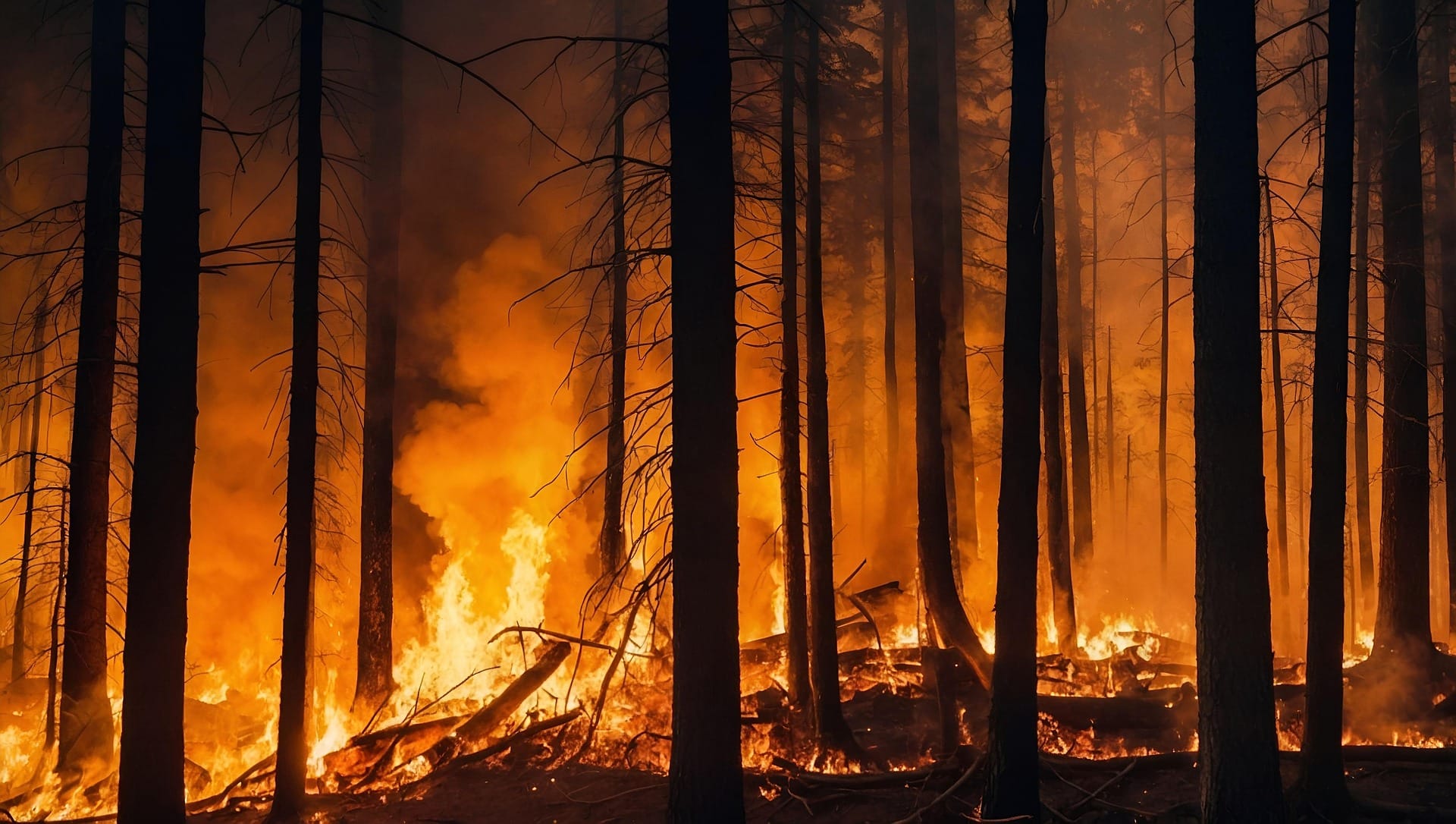
You hear this all the time: Forests are unhealthy, they are too dense, and they need to be thinned or logged to protect us from wildfires. But did you know that every part of this is a lie intended to deceive the public in order to generate support for increased logging?
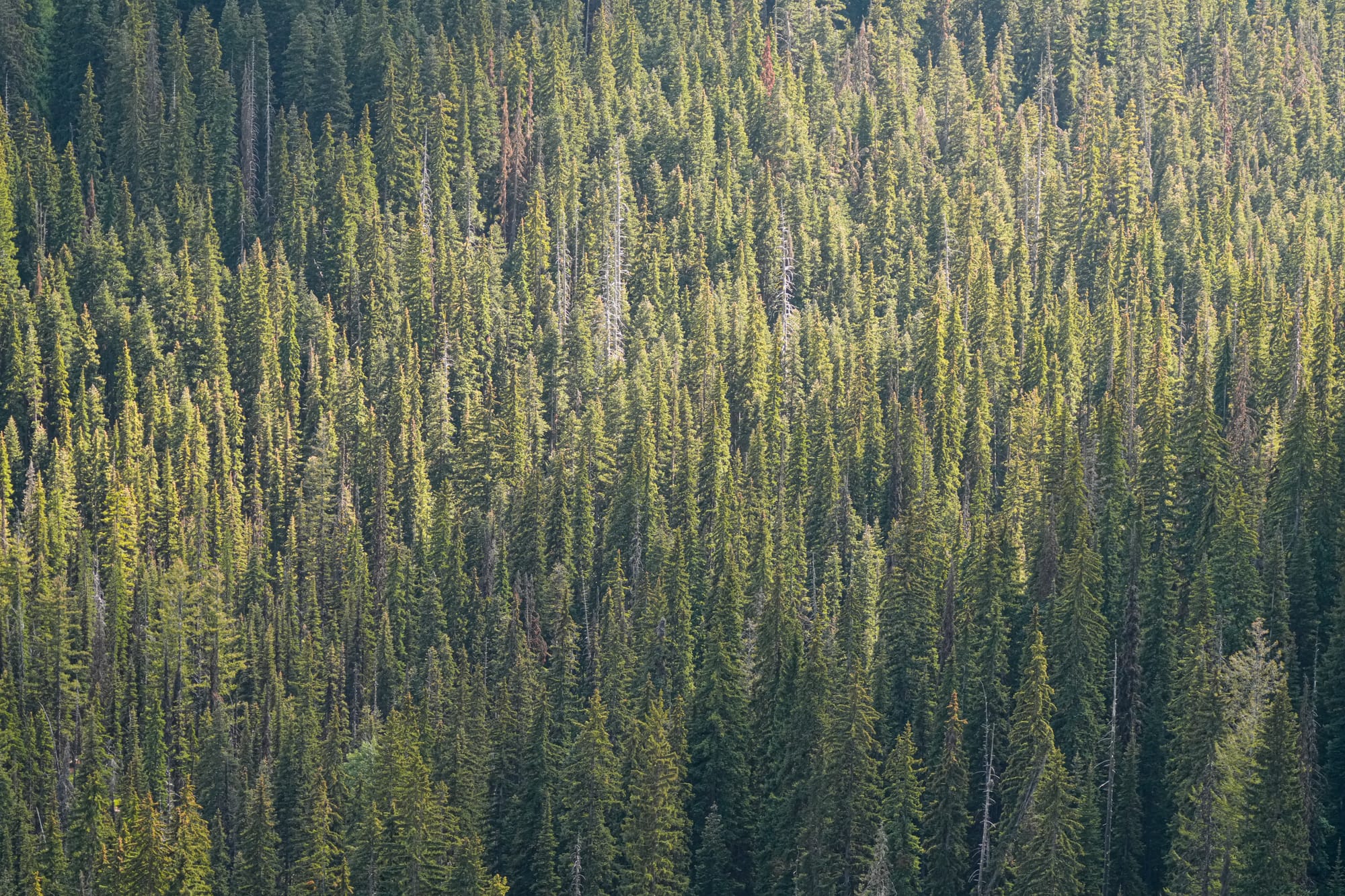
This is a huge and very complex issue, but let's focus today on the question of thinning.
You might think that thinning means removing small or sickly trees to prevent fires and make the forest "healthier," but thinning is nothing more than the new term for logging. In the Sierra Nevada, for example, thinning means cutting trees up to 40 inches in diameter (a tree so large it takes two people to wrap their arms around the tree trunk). And, on average, thinning projects remove or injure and kill 70-80% of the trees in a forest.
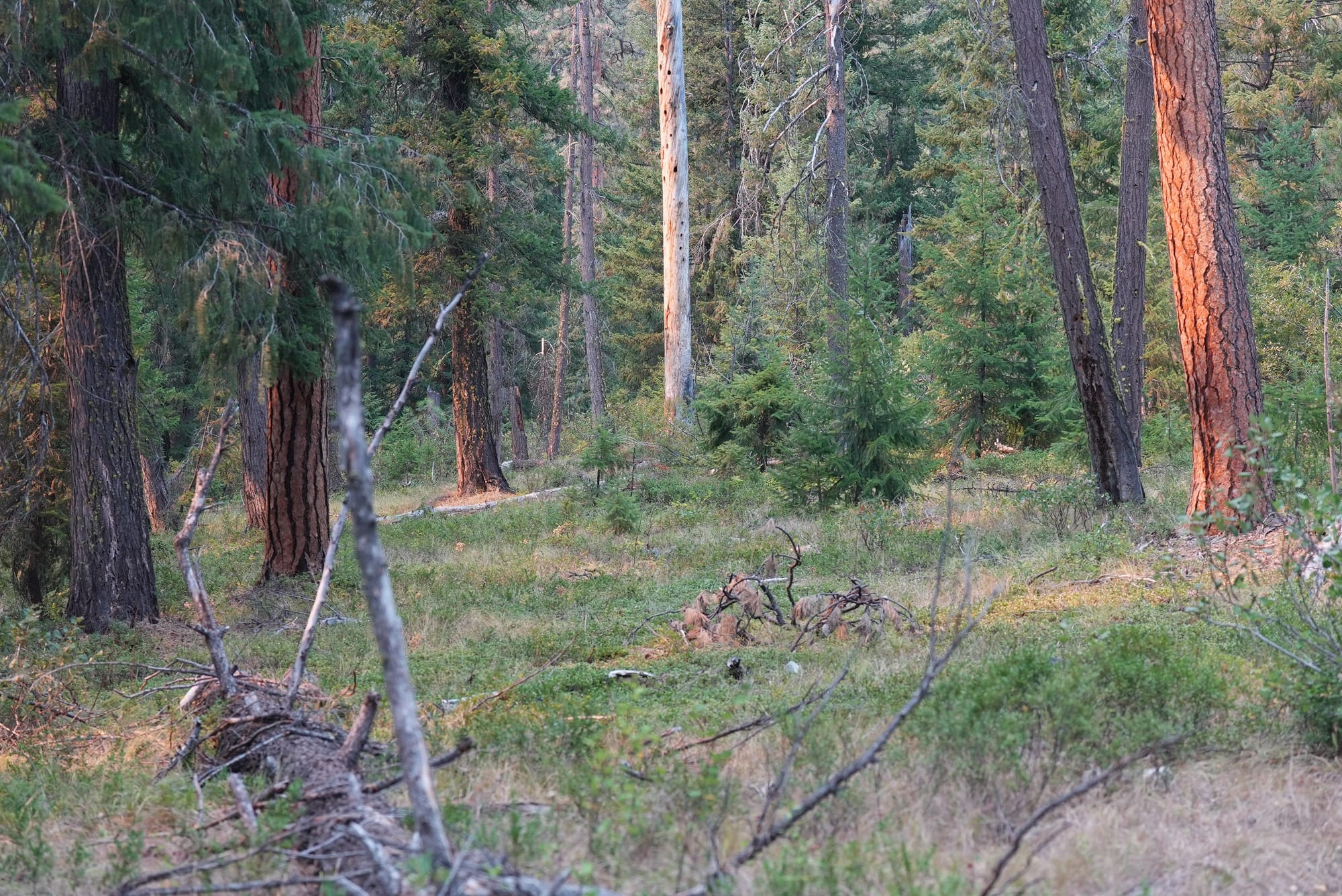
You might also think that dense forests are a fire hazard, but consider your own lived experience with forests. Imagine that you walk from a logged or thinned forest into a dense stand of trees. You'll immediately notice that the air is damp and cool and the wind stops blowing. This is because dense stands of trees create their own microclimates and by definition these are microclimates that stop or slow wildfires.
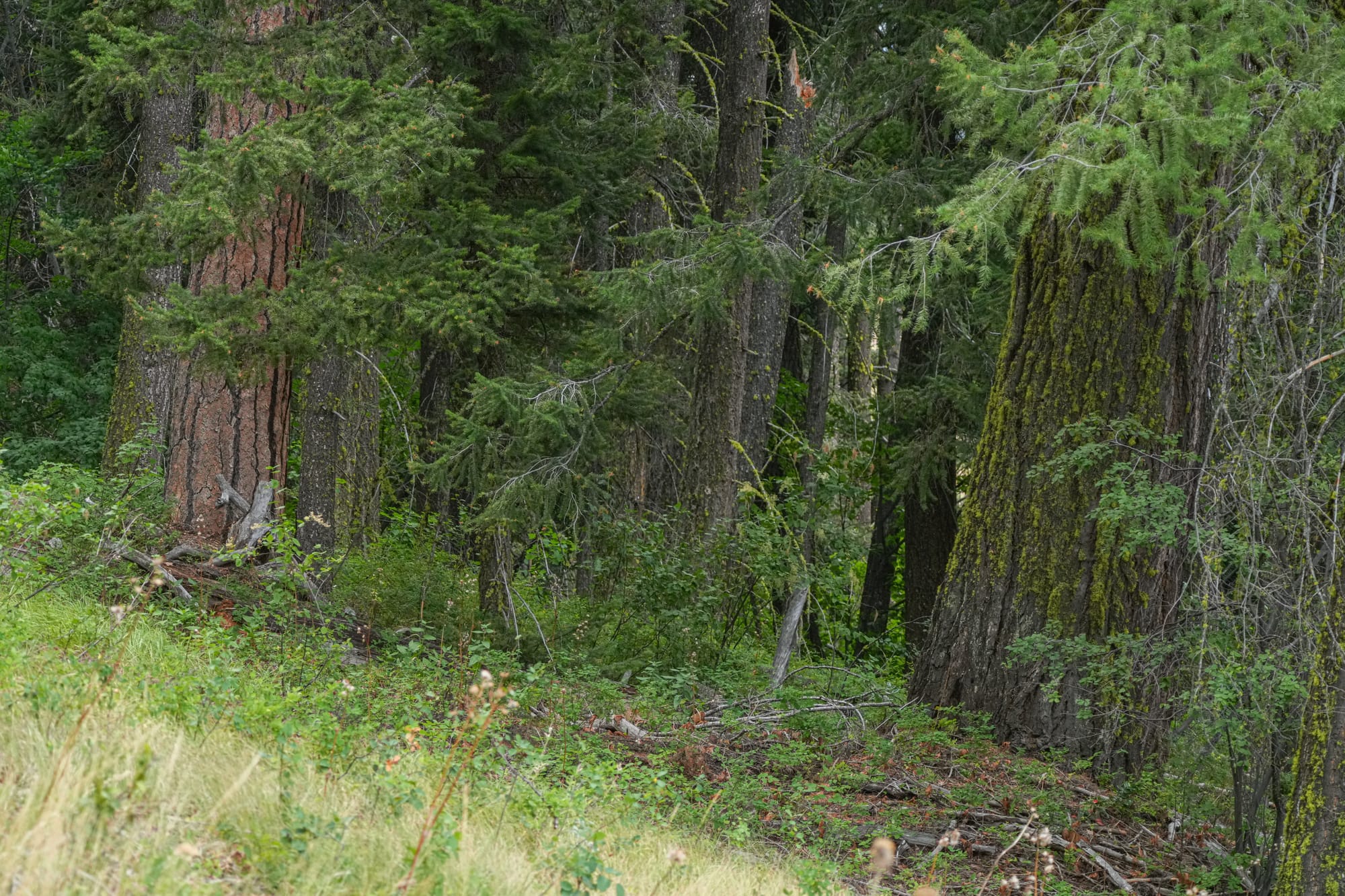
What happens when a dense forest is thinned? The sun warms the ground, raises temperatures and dries out grasses and shrubs. Even more importantly, a thinned forest no longer acts as a windbreak, so it allows wind to spread fires and embers at incredible speeds.
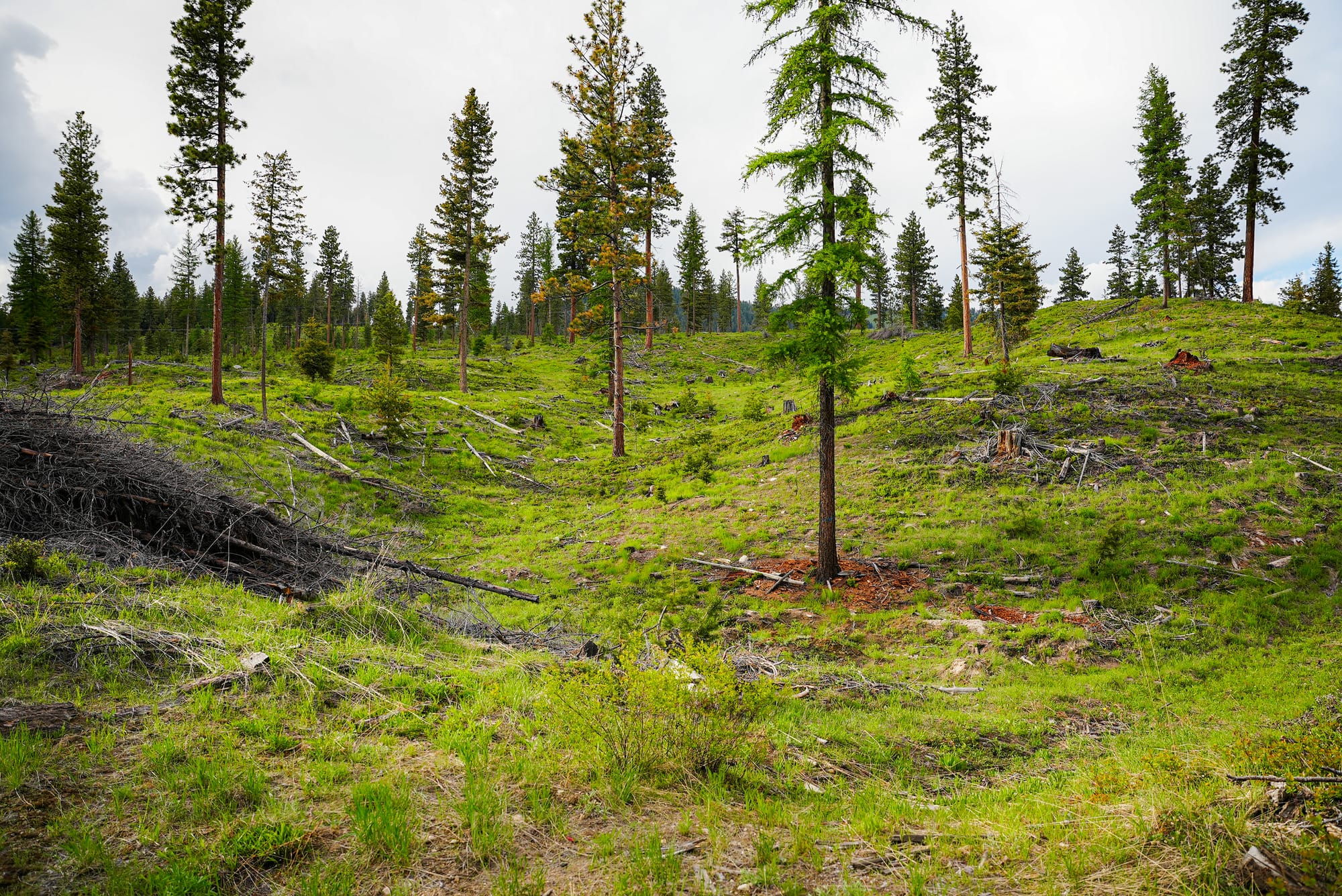
And what happens when fires and embers move at tremendous speeds? It means that people and communities don't have as much time to evacuate or defend their homes, and it means that firefighters don't have as much time to spring into action.
Scientific studies have shown that wildfires are driven by weather and climate, not tree density! What this means is that if the weather favors a hot fire, the fire will burn with uncontrollable fury whether the forest has been thinned (or logged), or if it's dense and hasn't burned in a very long time. In fact, on average, an unlogged forest burns cooler and less intensely than any type of logged forest. In other words, thinning and logging is about benefitting the timber industry rather than stopping wildfires.

So, what are some of the real impacts of forest thinning and logging projects? Ironically, these projects actually imperil communities because they create a false sense of security. When everyone thinks that "someone else" is protecting them by cutting distant forests, people relax and overlook the dangers around their houses and communities.
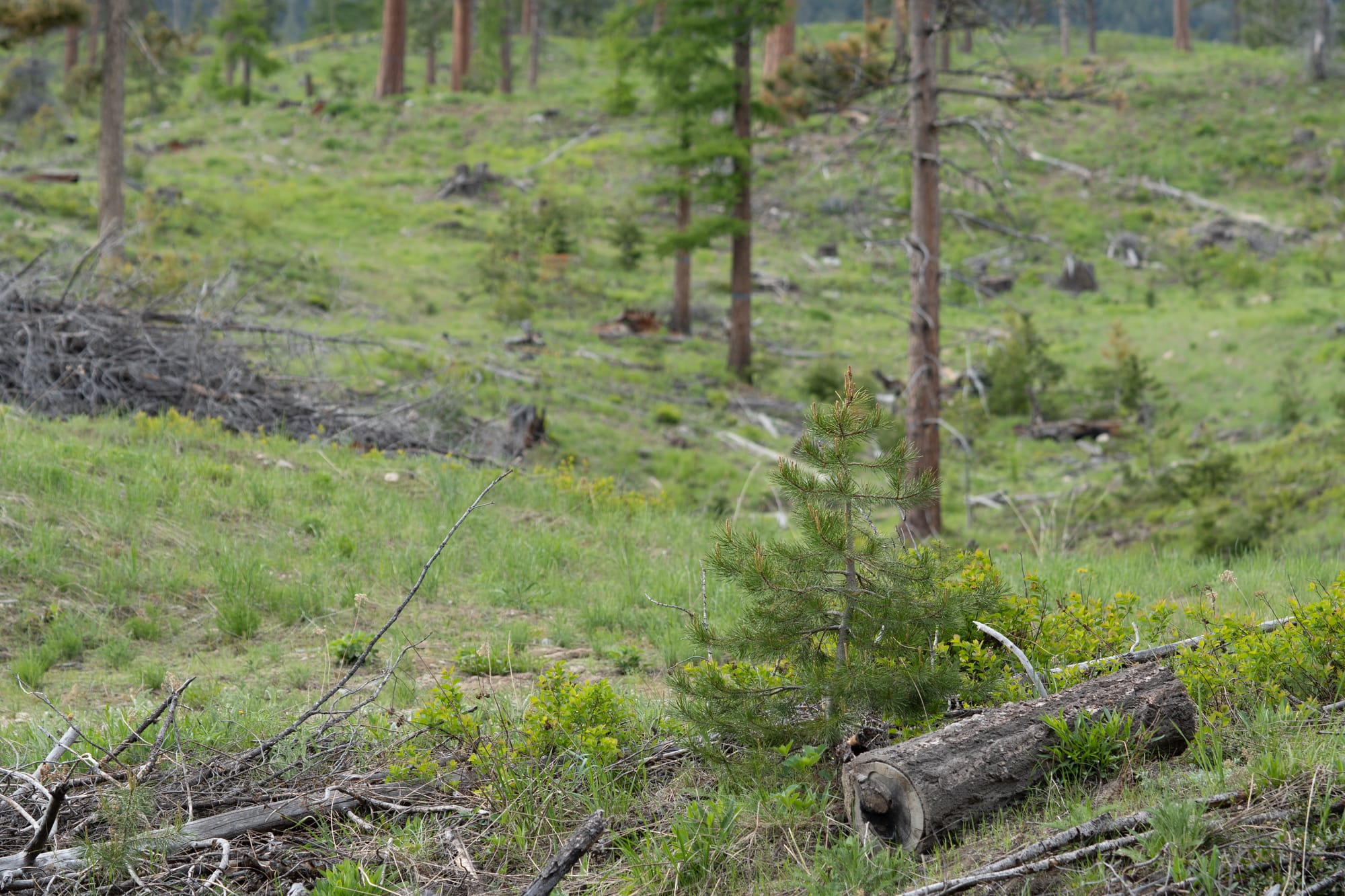
Rather than thinning or logging, the only proven solutions for protecting homes and communities is hardening homes, creating defensible spaces 30-100 feet around each house, and establishing evacuation routes. But these are expensive undertakings, and not every family or community can afford these options.
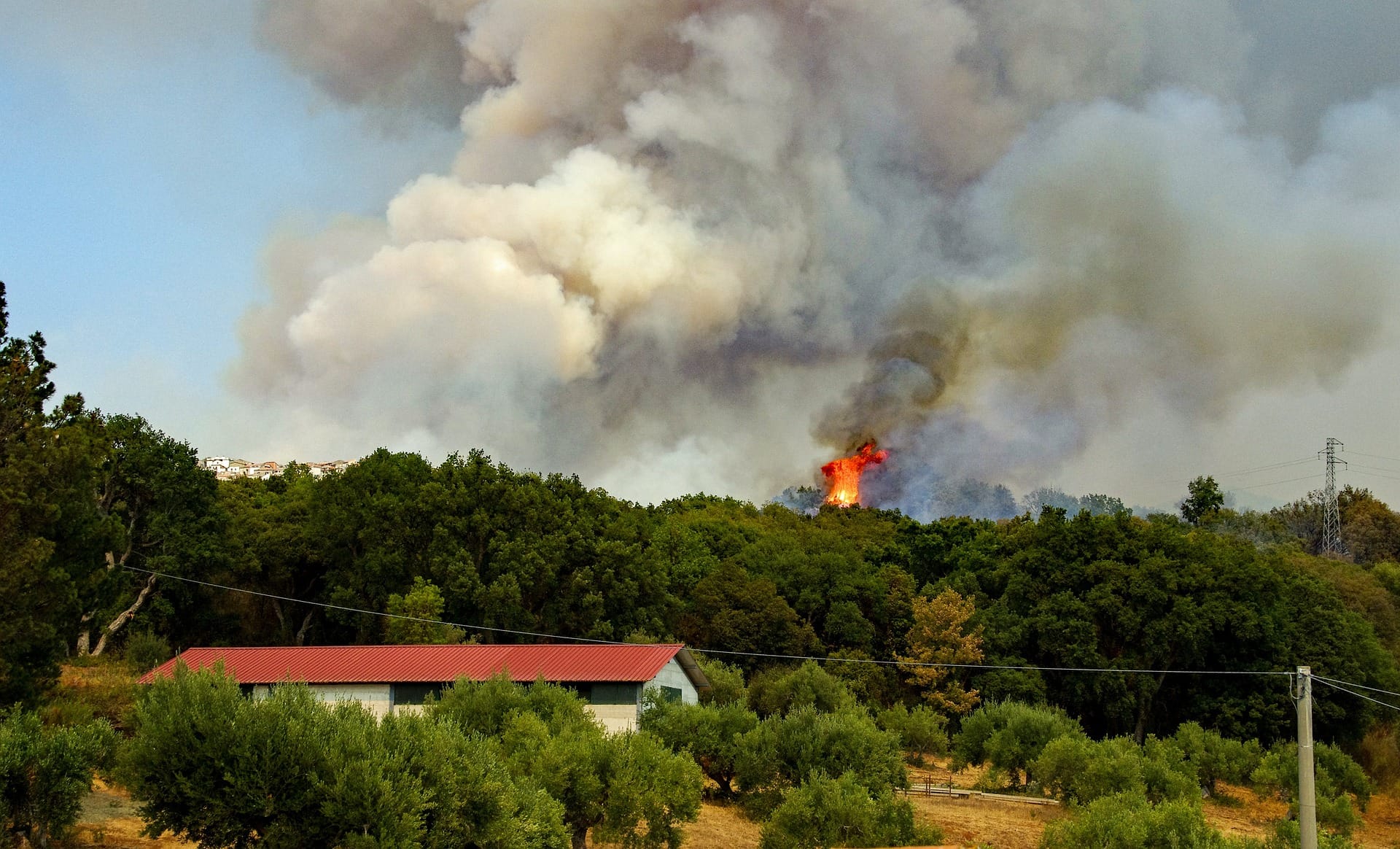
Maybe the worse danger of forest thinning and logging projects is that they divert resources, including insane amounts of money, away from the only proven solutions that help us save homes and communities. If the hundreds of millions of dollars that are spent thinning distant forests were instead spent helping homeowners and communities harden homes and create evacuation routes it would make a real and significant difference. And then we could begin building fire safe communities without destroying the ecological vitality of our nation's forests.

Member discussion